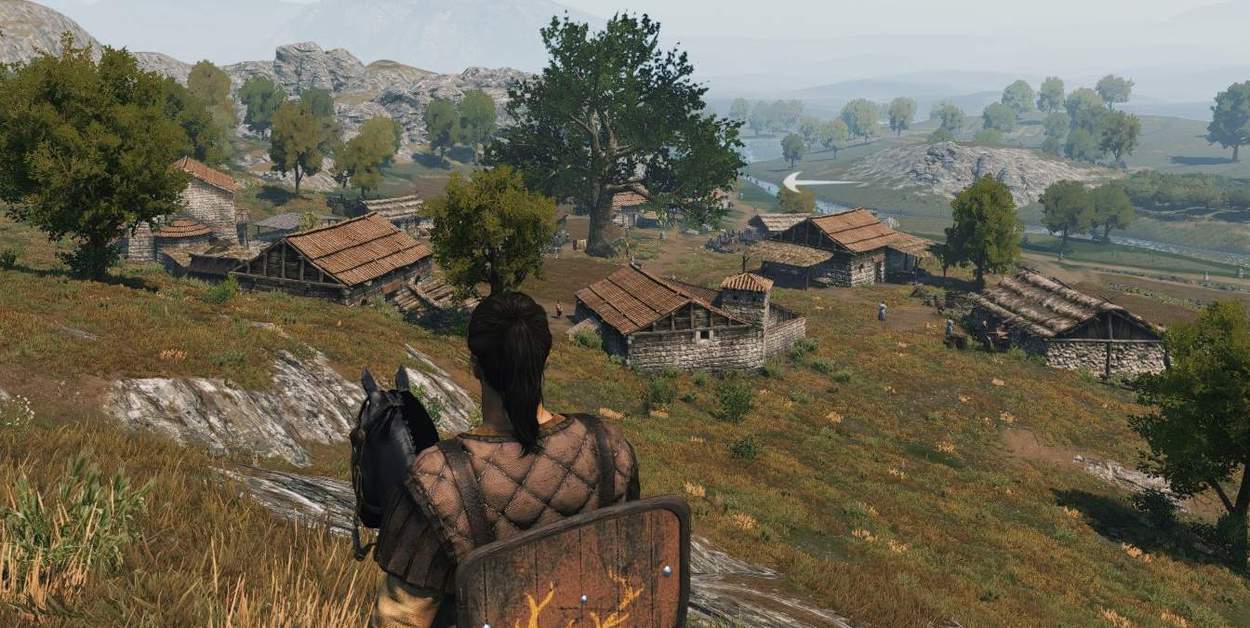This walkthrough for Mount & Blade II: Bannerlord will cover the trading of goods. We will list down all the Mount and Blade 2: Bannerlord Trade Good Prices to help you become rich in no time.
Mount and Blade 2: Bannerlord Trade Good Prices
Going from town to town to buy and sell goods isn’t the most fun use of your time but it is the best way to rise to the top in Mount and Blade 2.
Trading goods is your main source of income in Bannerlord since you can collect large amounts of cash without being concerned about being poor. We will go over the trade good prices while providing some useful trade tips.
Goods can be natural resources such as Iron, Flax, and Grains or they can be manufactured items like Jewelry, Tools, and Linen.
These are the lowest to highest prices of each good:
- Beer: 24-76
- Butter: 11-97
- Cheese: 16-91
- Clay: 8-37
- Cotton: 40-153
- Cow: 111-443
- Dates: 25-104
- Desert Horse: 114-265
- Fish: 8-33
- Flax: 6-33
- Fur: 34-168
- Grain: 6-23
- Grapes: 16-37
- Hardwood: 8-43
- Hides: 28-127
- Hog: 29-102
- Iron Ore: 24-136
- Jewelry: 135-553
- Leather: 93-273
- Linen: 18-139
- Meat: 16-49
- Midlands Palfrey: 149-207
- Oil: 33-196
- Olives: 15-60
- Pottery: 36-141
- Salt: 27-91
- Sheep: 36-180
- Silver Ore: 88-256
- Steppe Horse: 88-241
- Tools: 36-146
- Velvet: 61-347
- Wine: 21-126
- Wool: 23-71
Trading Tips
Hover your mouse over the good and you will find out some interesting trade information.
If the price is marked in red, then you can purchase the good and then sell it for a higher than average price.
If the price is marked in green then it can only be bought and sold for a lower than average price.
Dates, Fur, Iron Ore, Leather, Oil, Pottery, Silver Ore, Tools, Velvet, and Wine have the widest price range so they’re the ones that are most profitable.
Purchase Steppe Horses and livestock so that you can carry your trade and then later sell the animals. Livestock such as cows sell for particularly high prices.
